Taxi app Uber is taking its biggest steps yet towards a driver-free world, launching the Uber Advanced Technologies Center in Pittsburgh “to do research and development, primarily in the areas of mapping and vehicle safety and autonomy technology”.
It’s a massive investment in the future from a company still primarily associated with the development of its app and associated back-end technology, but it’s one that Uber has been hinting at for a long time. The company is keenly aware that the majority of the cost of a journey comes from the driver’s salary, and has been eyeing up driverless cars as a potential saviour.
In May 2014, Uber’s chief executive, Travis Kalanick, told Code conference that “the reason Uber could be expensive is because you’re not just paying for the car — you’re paying for the other dude in the car.
“When there’s no other dude in the car, the cost of taking an Uber anywhere becomes cheaper than owning a vehicle. So the magic there is, you basically bring the cost below the cost of ownership for everybody, and then car ownership goes away.”
Uber is likely not the only transportation provider looking at the prospect of firing its staff and replacing them with robots, but it is one of the few prepared to articulate that desire.

In July 2014, when Transport for London released its 2050 Transport Plan, the organisation predicted that autonomous vehicles could provide “large cost savings for buses while delivering a faster, more efficient service” and added that it would become possible to provide what it called “taxi like” services “at reduced costs”. But a day later, a spokesman talked down the document, saying that it was only supposed to talk about automation on the tube, a topic already sparking regular strikes.
Of course, Uber already has an advantage when it comes to dealing with workforce disputes: as the exemplar of the modern-day “sharing economy”, it has few direct employees, instead hiring its drivers as independent contractors who are free to come and go as they wish. Right now, the company is aggressively hiring drivers – even going so far as to poach them from rival Lyft – but it can turn that tap off as quickly as it turned it on, leaving the drivers without work.
While a full move to driverless cars would be Uber’s dream scenario, letting it cut the cost of a ride to little more than fuel plus wear and tear, it could very well be a nightmare for car manufacturers. Self-driving cars could prove the death-knell for private car ownership, with services like Uber offering a cheap substitution while avoiding the wastefulness of leaving an asset worth thousands of pounds sit unused on the side of the road. A self-driving car can carry someone from home to work, head off to a different office and pick up someone going to the airport, even take a package in the boot to be delivered to a client – all while a conventional car would be sitting in its owner’s car park.
Perhaps because of that, the focus from the conventional auto industry has been less on driverless cars, and more on using self-driving technology as a safety feature to augment traditional driving. For instance, a number of cars already on the market are able to maintain a steady cruising speed, stay in lane, stay a safe distance away from cars in front, and even park themselves, all without human intervention. In a patchwork fashion, those cars could eventually build up to almost full automation – but the signals coming from the industry indicate that the final step might be something they are loathe to take.
Against that background, it makes sense that Uber feels the need to push its own research into the topic – as well as to improve its mapping technology, which has been responsible for a few embarrassing news stories in its own right.
But Uber may have a rude awakening ahead of it. Fully autonomous vehicles – of the sort the company would need to be able to get rid of its drivers and slash costs – could be further away than boosters suggest. The best technology currently available, Google’s, uses excruciatingly highly detailed maps to provide a car with spacial awareness which it can’t generate on the fly. But those maps are expensive and time-consuming to produce, and perhaps impossible to ever create for an entire country (and even harder to keep up-to-date).
Even if the company solves that problem, there’s a far bigger hurdle to leap: legislation. No matter how much automation a car currently has, it still needs a driver with a full license behind the wheel to drive on public roads. And while the robot cars may ultimately become safer than human drivers, that still does not guarantee that they will become legal.
As a consortium of AI researchers put it in January, “if self-driving cars cut the roughly 40,000 annual US traffic fatalities in half, the car makers might get not 20,000 thank-you notes, but 20,000 lawsuits”.
Of course, if there’s anyone able to handle 20,000 lawsuits, it’s Uber.
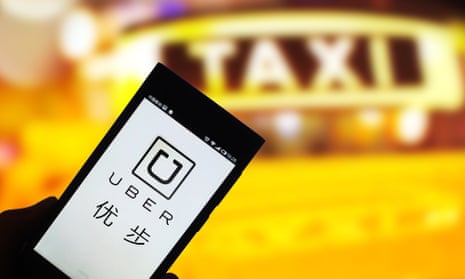
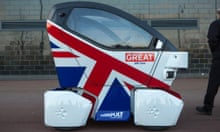
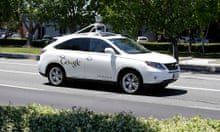
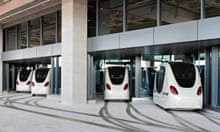
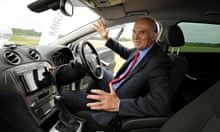

Comments (…)
Sign in or create your Guardian account to join the discussion